In a significant policy shift, Finland has announced its intention to withdraw from the 1997 Ottawa Convention, a global treaty banning anti-personnel landmines. This decision aligns with growing security concerns among Nordic and Baltic states, driven by Russia’s aggressive military posture. According to Reuters, the Finnish government, led by Prime Minister Petteri Orpo, stated that withdrawing from the treaty would enable the country to stockpile landmines as a defensive measure against potential threats from its eastern neighbour.
The Ottawa Treaty, formally known as the 1997 Mine Ban Treaty, prohibits the use, stockpiling, production and transfer of anti-personnel landmines. It has been ratified by over 160 countries, with notable exceptions such as the United States, Russia and China. The treaty aims to eliminate the humanitarian consequences of landmines, which have caused tens of thousands of civilian casualties globally.
Finland originally joined the treaty in 2012 after prolonged internal debate. The country dismantled its stockpiles of anti-personnel mines by 2016 aligning with the treaty’s objectives.
Longest Nato border with Russia
Among Nato countries, Finland shares the longest border with Russia, spanning approximately 1,340 km (830 miles). This extensive border has historically shaped Finland’s defence strategies and recent developments have only intensified the need for robust deterrence. Finland formally joined Nato in 2023 moving away from decades of military nonalignment following Russia’s invasion of Ukraine. The decision to leave the Ottawa Treaty is part of a broader shift in Finnish security policy reflecting a pragmatic approach to the evolving security situation around it.
Historically, however Finland maintained a robust national defence posture due to its experiences in the Winter War (1939-1940) and the Continuation War (1941-1944) against the Soviet Union. During these conflicts, Finland relied heavily on landmines as a deterrent against a numerically superior adversary.
Finland’s strategic use of terrain, guerrilla tactics and fortifications allowed it to resist Soviet advances effectively. This historical experience has instilled a strong national defence ethos, reflected in Finland’s constitutional requirement for citizens to defend the nation.
Military service remains mandatory for Finnish men, ensuring a well-trained and disciplined reserve force. The war in Ukraine has demonstrated the effectiveness of mine warfare in delaying and disrupting enemy advances.
Ukrainian forces have successfully used anti-personnel and anti-vehicle mines to slow down Russian offensives reinforcing the argument that landmines remain a crucial tool in modern conflict scenarios.
Landmines have long been criticised for their indiscriminate nature posing risks to civilians long after conflicts end. Finland, however, has stated that any potential use of landmines will comply with international humanitarian law and will prioritise defensive, controlled deployment.
Increased defence spending and military readiness
Finland is not merely withdrawing from the treaty. It is also significantly increasing its defence investments. The government has committed to raising defence spending to at least 3 per cent of GDP by 2029, surpassing Nato’s target of 2 per cent, the Reuters reported.
This move shows Finland’s determination to enhance its military capabilities and readiness. The additional 3 billion euros allocated for defence will likely be channelled into modernising equipment, bolstering border security and reinforcing Finland’s deterrence measures.
Parallel to these strategic moves, Finland has emerged as a hub for defence technology innovation. With 368 defence tech companies operating in the country, Finland has become a leader in military and dual-use technology.
Firms such as Varjo are developing advanced mixed-reality headsets that enhance military training, allowing Nato forces to conduct simulations more efficiently, a BBC report said. Other Finnish startups, such as Iceye and Re-orbit, specialise in microsatellite imaging and satellite software, further strengthening Finland’s surveillance and intelligence capabilities.
The decision to leave the Ottawa Treaty and the surge in defence spending are part of a larger shift in global security dynamics. Historically, investments in military technology were viewed with scepticism by some investors due to ethical concerns.
However, Russia’s invasion of Ukraine has fundamentally altered perceptions. European nations are now prioritising defence investments with private sector involvement increasing significantly. Finnish defence tech firms have seen a surge in funding, particularly from investors who previously avoided military-related industries.
A broader trend in Eastern Europe
Finland’s decision is not an isolated one. Several countries in Eastern Europe, particularly Poland and the Baltic states—Estonia, Latvia and Lithuania—have also declared their intent to withdraw from the Ottawa Convention. These nations cite Russia’s military aggression in Ukraine as a primary factor influencing their defence policies.
The shifting security scenario is not limited to landmine policies. Norway, another key Nordic country, is taking steps to restore its Cold War-era military bunkers. These underground facilities, originally designed to withstand potential Soviet invasions, are now being reactivated as a precautionary measure.
Given Norway’s geographical proximity to Russia and its strategic importance within Nato, these developments highlight the broader European efforts to fortify defences against potential Russian aggression, a port by BBC’s Mark Piesing said.
On Monday, Poland and the United States inked an agreement worth nearly $2 billion for the delivery of logistical support for the Patriot air defence system, Poland’s defence minister said. According to Reuters, Poland is ramping up its defence capabilities, positioning itself as a key player on Nato’s eastern flank in the face of an assertive Russia and also of a US administration under Donald Trump that has sharply criticised Europe over security matters.
A necessary shift
Finland’s withdrawal from the Ottawa Convention marks a significant turning point in European security policy. While human rights organisations may argue that landmines pose long-term risks to civilians, Finnish leaders emphasise the need for practical defence measures in the face of Russian aggression.
With Poland, the Baltic states and Norway also taking steps to enhance their military readiness, it is clear that Europe is entering a new era of defence policy—one where deterrence and preparedness take precedence over past disarmament commitments.


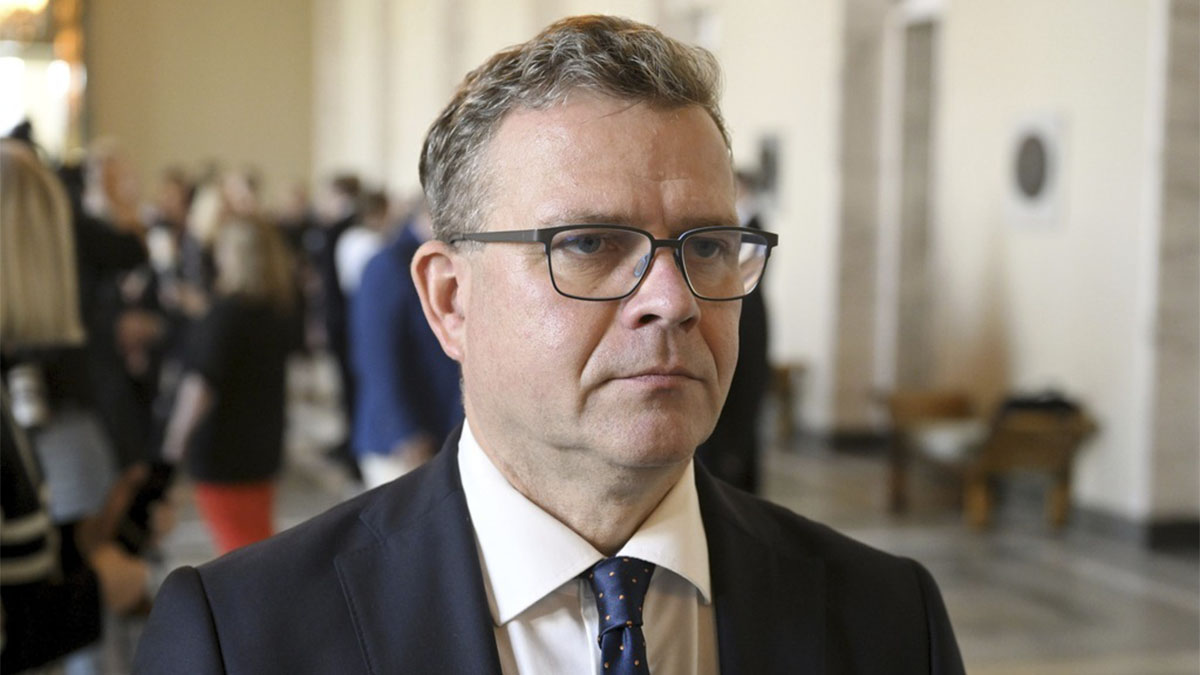)
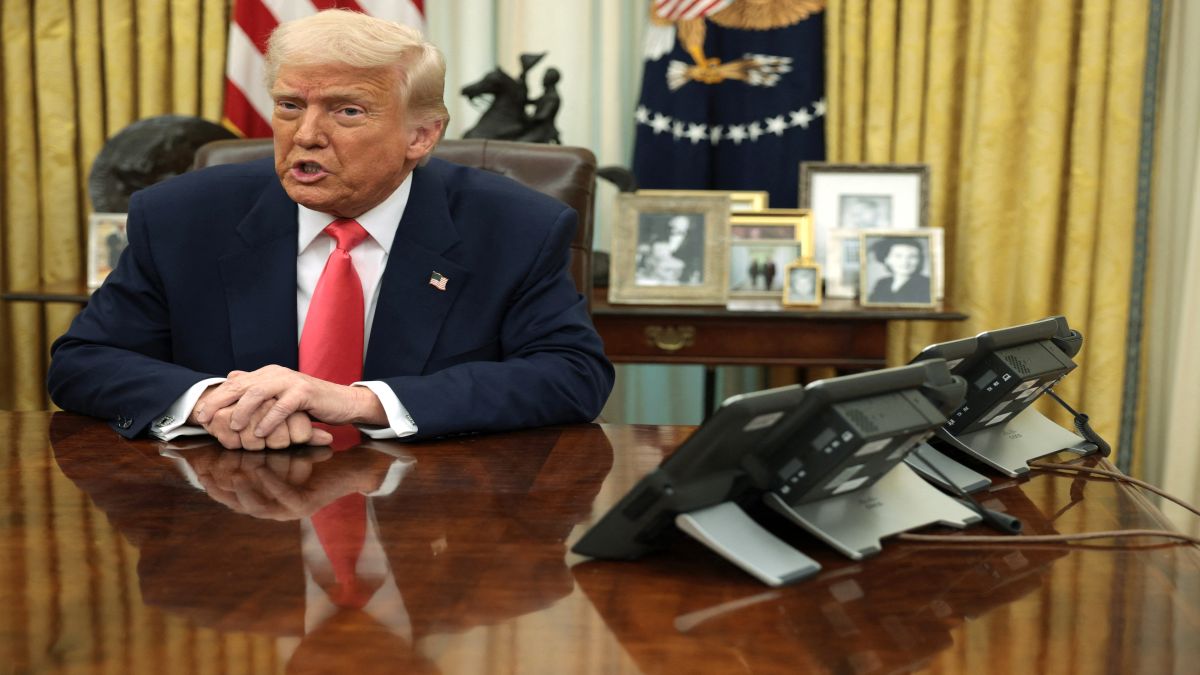)
)
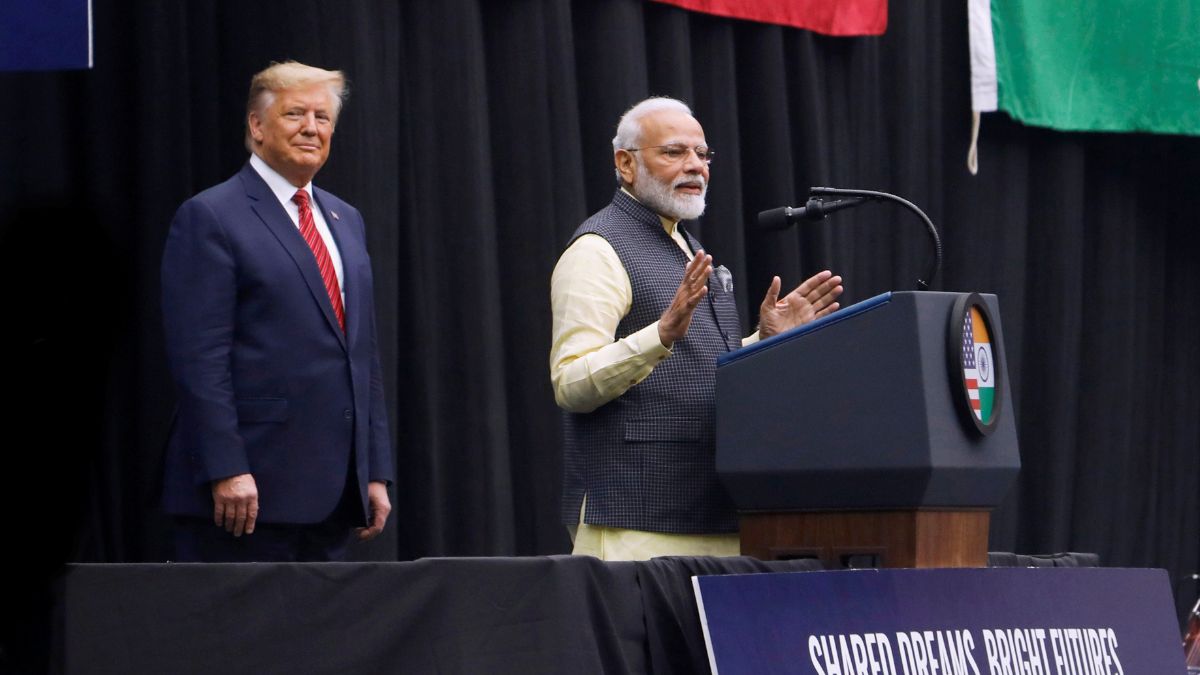)
)
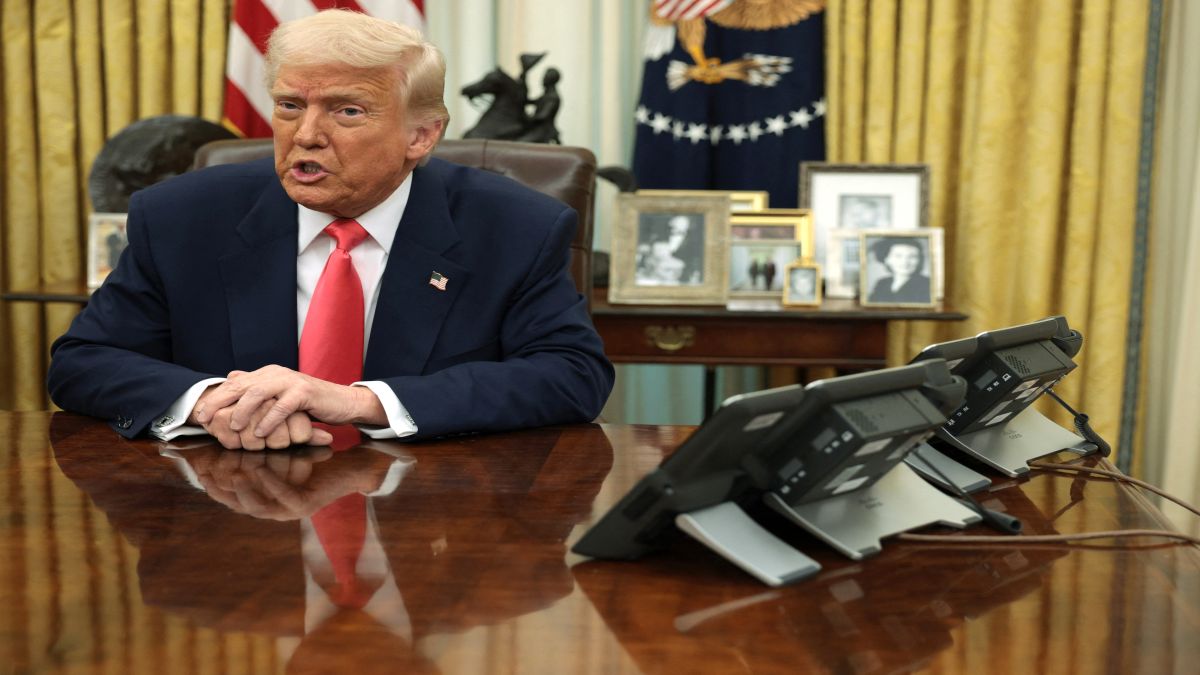)
)
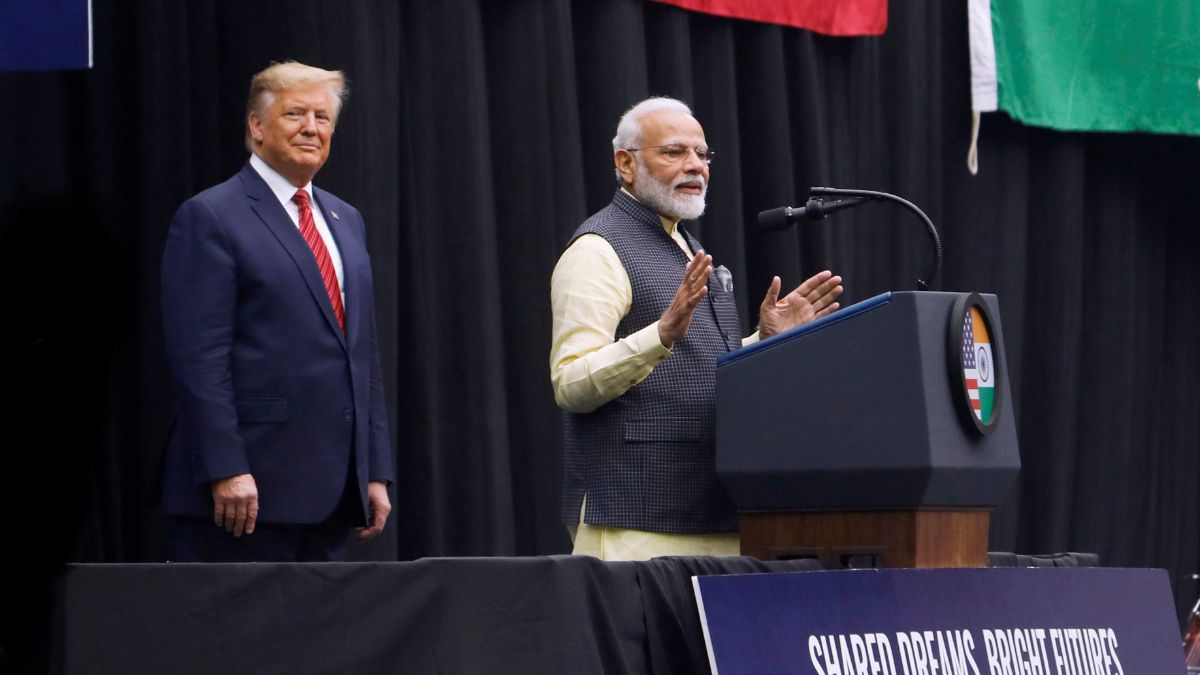)
)



